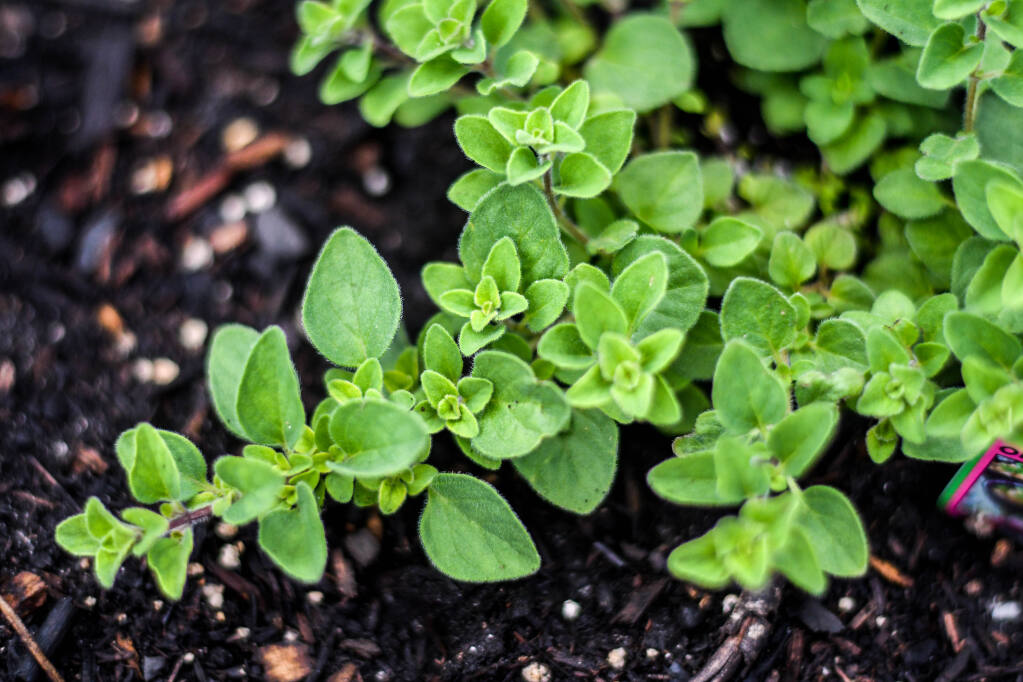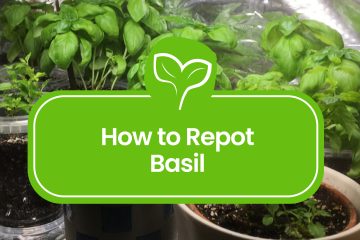- April 17, 2024

Companion planting for basil is an experience-based observation developed over centuries. People have noticed that planting certain plants side by side has a positive effect on each other, increasing the quality and quantity of the harvest. Companion planting is not set in stone and it is the least you can do for your plants. You can get the right care from the individual plant article. You can see the companion and the enemy plants of basil below.
| Companion plants for basil | Enemy plants of basil |
|---|---|
| Asparagus | Fennel |
| Pepper | Cucumber |
| Tomato | |
| Borage | |
| Marigold | |
| Chamomile | |
| Oregano | |
| Garlic | |
| Chives |
Why does companion planting work?
Companion planting works due to several interconnected factors:
Pest Control: Certain plants emit natural chemicals or scents that repel pests, effectively acting as natural pest deterrents for nearby plants. This reduces the need for chemical pesticides and fosters a more balanced ecosystem.
Attracting Beneficial Insects: Some companion plants attract beneficial insects like ladybugs, hoverflies, and predatory wasps, which feed on common garden pests. This creates a natural form of pest control and helps maintain ecological balance.
Soil Improvement: Different plants have varying root structures and nutrient requirements. Companion planting can enhance soil health by reducing soil erosion, suppressing weeds, and improving nutrient uptake. For example, leguminous plants fix nitrogen in the soil, benefiting neighboring plants that require nitrogen for growth.
Competition Reduction: Companion planting can help reduce competition for resources such as water, sunlight, and nutrients by utilizing plants with complementary growth patterns and root structures. This allows for more efficient resource utilization and healthier plant growth.
Biodiversity and Resilience: Planting diverse species together increases biodiversity in the garden, which can enhance ecosystem resilience. A diverse ecosystem is better equipped to withstand pests, diseases, and environmental stresses compared to monocultures.
Maximizing Space: Companion planting allows gardeners to make the most of limited space by intercropping plants with different growth habits and maturity rates. This maximizes yield per square foot and promotes efficient land use.
Overall, companion planting capitalizes on the natural synergies between plant species, creating a thriving and sustainable garden ecosystem.
What are the companion plants of basil?
The following plants have positive effects on the growth of your basil. These plants can repel pests that damage your plants. These plants provide increased nutrition to the soil that your plants can use. Therefore, we recommend planting these plants next to your basil.

Asparagus
Asparagus, revered for its tender spears and nutritional prowess, stands as a stalwart sentinel in the realm of companion gardening. With a penchant for well-drained, sandy soil and ample sunlight, this perennial delight thrives in environments where winters are cold and summers are warm. As a symbol of grace and gastronomy, asparagus enriches both the palate and the garden landscape, embodying the essence of verdant vitality.

Pepper
Peppers expand in diverse soil conditions. Flourishing in well-drained, loamy soil with a pH range between 6.0 and 7.0. Full sunlight and consistent moisture nurture their vibrant foliage and prolific fruiting. Peppers provide invaluable benefits to neighboring plants by deterring pests with their pungent compounds, attracting pollinators, and adding diversity to the garden landscape.

Tomato
Tomatoes thrive in various soil conditions. Flourishing fertile soil with a pH range between 6.0 and 7.0. Full sunlight and consistent moisture nurture their sprawling vines and abundant fruiting. Tomatoes provide invaluable benefits to neighboring plants by attracting pollinators, suppressing weed growth with their dense foliage, and adding richness to culinary dishes.

Borage
Borage, esteemed for its herbal charm and botanical grandeur, thrives in diverse habitats under the sun's warm embrace. Flourishing in well-drained soil with a neutral to alkaline pH, it showcases resilience and adaptability. Regular watering and adequate spacing promote lush foliage and vibrant blooms, attracting pollinators and beneficial insects.

Marigold
Marigold flourishes in well-drained, loamy soil with a pH range between 6.0 and 7.0. Full sunlight and consistent moisture nurture its colorful flowers and aromatic foliage. Marigold provides invaluable benefits to neighboring plants by repelling pests, attracting pollinators like bees and butterflies, and enhancing overall garden biodiversity.

Chamomile
Chamomile thrives in diverse growing conditions. Flourishing in well-drained, loamy soil under gentle sunlight, it embodies adaptability and calmness. Consistent moisture and occasional pruning support lush growth and abundant flowering. Chamomile offers general benefits to neighboring plants by attracting beneficial insects, such as pollinators, and enhancing overall biodiversity.

Oregano
Oregano grows in diverse soil conditions. Flourishing in well-drained, sandy or loamy soil with a pH range between 6.0 and 8.0. Full sunlight and occasional pruning nurture its flavorful foliage and compact growth. Oregano offers invaluable benefits to neighboring plants by repelling pests, attracting pollinators, and enhancing overall garden biodiversity.

Garlic
Garlic flourishes in well-drained, fertile soil with a pH range between 6.0 and 7.5, it embodies adaptability and strength. Adequate sunlight and consistent moisture support robust growth and bulb development. Garlic provides invaluable benefits to neighboring plants by deterring pests with its strong aroma and acting as a natural fungicide against soil-borne diseases.

Chives
Chives thrive in well-drained, fertile soil enriched with compost, they embody adaptability and finesse. Adequate moisture and sunlight support lush growth and abundant foliage. Chives extend general benefits to neighboring plants by repelling pests and attracting beneficial insects, enhancing overall garden biodiversity.
What should you not plant next to basil?
Planting these plants next to basil have huge negative effects on the development of your plant. Growing enemy plants can appeal detrimental insects, change the taste of the grown plant and even consuming all of the nutrients and water from your basil. Because of these negative effects, we don’t recomment growing the plants below next to your basil.

Fennel
Fennel flourishes best in well-drained, loamy soil with a pH range between 6.0 and 7.0. Adequate sunlight and consistent moisture nurture its lush foliage and aromatic essence. Fennel extends numerous benefits to its garden companions by attracting beneficial insects like pollinators and predatory wasps, which help control pest populations. Additionally, its deep taproot can break up compacted soil, improving overall soil structure and promoting healthier root growth in nearby plants.

Cucumber
Cucumbers thrive in diverse soil conditions. Flourishing in well-drained, loamy soil enriched with compost, they embody adaptability and freshness. Consistent moisture and sunlight support vigorous vine growth and abundant fruiting. Cucumbers extend general benefits to neighboring plants by shading the soil, conserving moisture, and attracting beneficial insects.
Other articles about basil


